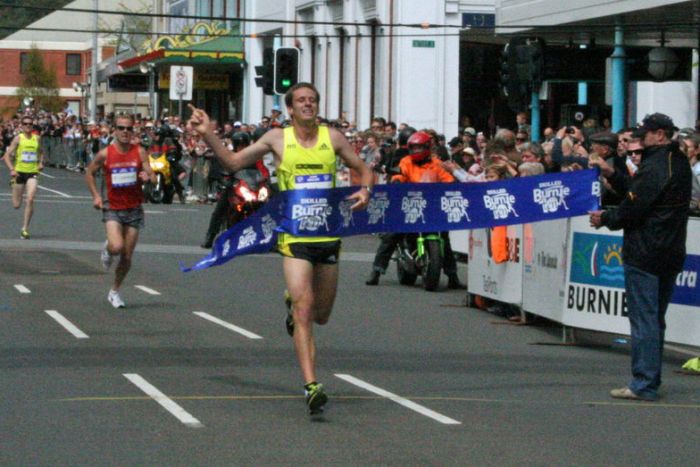The Workout Series

The Threshold Run - By Mark Tucker
Talking about and completing a ‘threshold run’ can bring a roll of the eyes to some runners who find it a chore. It’s far from glamorous, there are no breaks to look forward to (such as in an interval workout or fartlek) and it can be tough, both physically and mentally. In theory, it shouldn’t be so bad as you are running slower than race pace and have no real pressure to get a result (such as a placing or time); that can also make it harder as it is nowhere near as important as a race so you aren’t usually as ‘pumped up’ or have any of the adrenalin and narrow focus that comes with a race. Also, for a lot of runners, you will be completing it solo (unless you have evenly matched training partners). Despite all this, it is an essential weekly workout for many runners: their ‘bread and butter’ or foundation, and can be excellent for improving and maintaining fitness. Through most of my own career I completed a threshold run weekly and found it very important, especially near the end when I raced the longer distances.
What is it?
In basic terms a ‘threshold’ run is a sustained effort where you are running slower than race pace but a lot faster than your easy runs; where you are on the ‘threshold’ of going into significant lactic acid (or lactate concentration in the blood starts to increase at a faster pace: e.g. starting to feel a bit heavy in the legs) without actually going into that zone. It isn’t an exact science, although you can make it more exact with the help of a heart rate monitor and staying on a heart rate that gets you in the ‘correct’ zone.
Loosely, if you are doing a 25-30 minute threshold run you might be running at a pace that is a little slower than your 10km race pace (if your best time is under 40 minutes). Personally, and for a lot of runners, it is done by feel. Nevertheless, you shouldn’t be overly concerned with yours, or your training partners, threshold pace (if completing the threshold with someone else). For example, you could have the exact personal best times as another runner and not be anywhere near each other in the threshold run – that’s just the way it is, as we all perceive differently what a ‘threshold pace’ run entails and we may be tired on that day, feeling great or whatever– no big deal and certainly not worth berating a training partner about because you assumed they went too fast for ‘their threshold’.
The workout
Most runners (including myself) prefer to complete the threshold run on a flat and consistent surface. The main reasons are that this replicates most of your races on the track and road, it helps you maintain a steady and constant speed and it gives you more confidence compared to if you are struggling up hills during the middle of the workout and slowing down quite a bit as a consequence. However, if you are also working on strength and your cross country running, for example, then an undulating course will be beneficial.
RUNNER’S TRIBE PAYS OUR WRITERS & FILM MAKERS TO CREATE EXCITING & ENTERTAINING CONTENT. HELP SUPPORT THESE PROFESSIONALS AND JOIN RT PREMIUM NOW.
TO VIEW THIS CONTENT PLEASE SIGN-UP TO RUNNER'S TRIBE'S MEMBERS ONLY PREMIUM CONTENT. WE HAVE SOURCED THE WORLD'S TOP WRITERS AND FILM MAKERS TO DELIVER ANY ATHLETE, COACH, PARENT OR FAN THE ULTIMATE PORTAL FOR ATHLETICS EDUCATION, ENJOYMENT AND INSPIRATION.
Comments are closed.